An April 1958 view in Baltimore shows PRR’s Union Junction tower, the Calvert Street bridge under construction, the city’s main post office (left), and, beyond the post office, Pennsylvania Station. Don Wood photo […]
PRR in Baltimore
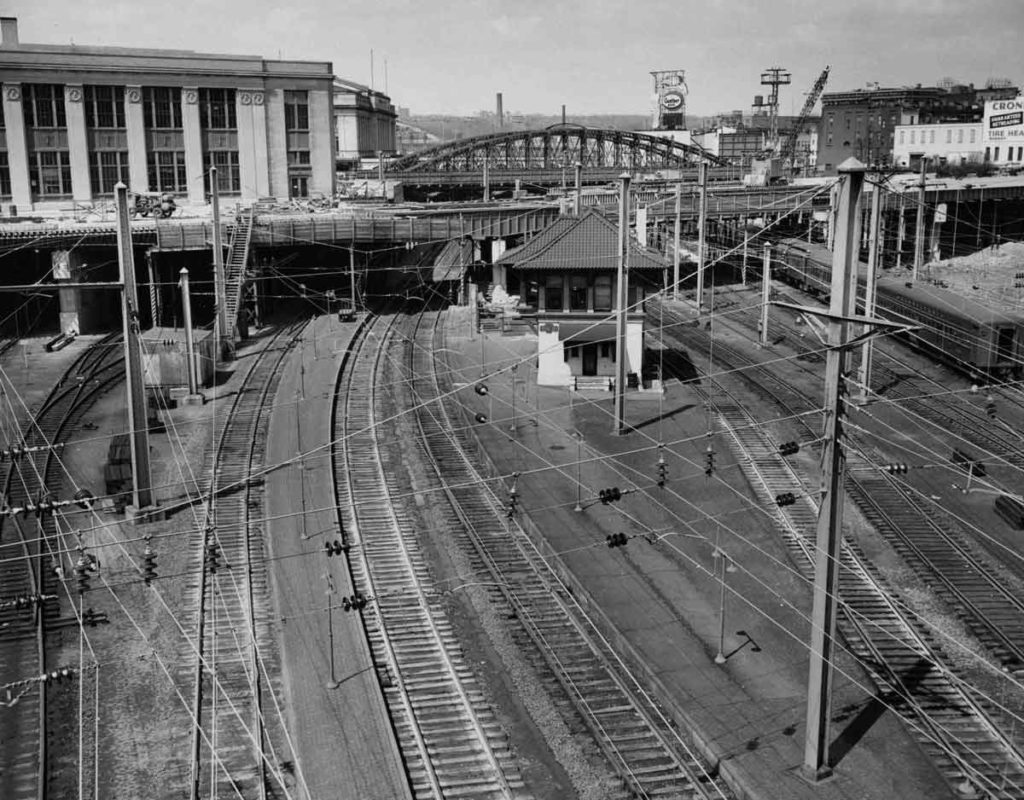
Action may be required on your Trains.com account in order to continue accessing content. Click here to learn more.

An April 1958 view in Baltimore shows PRR’s Union Junction tower, the Calvert Street bridge under construction, the city’s main post office (left), and, beyond the post office, Pennsylvania Station. Don Wood photo […]
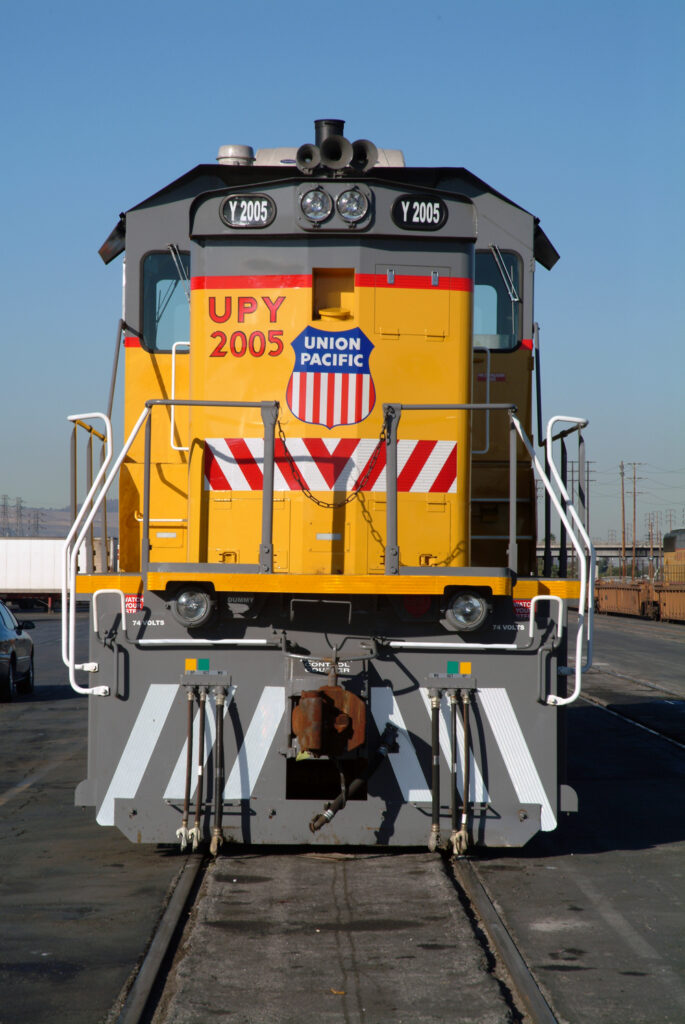
Genset locomotive Everything has an origin. For the modern genset it is Union Pacific UPY 2005. Coming in a variety of designs and sizes, gensets are designed around the concept of “power on demand.” With few exceptions, humming under their long hoods are multiple diesel truck engines — usually two or three. These engines are […]
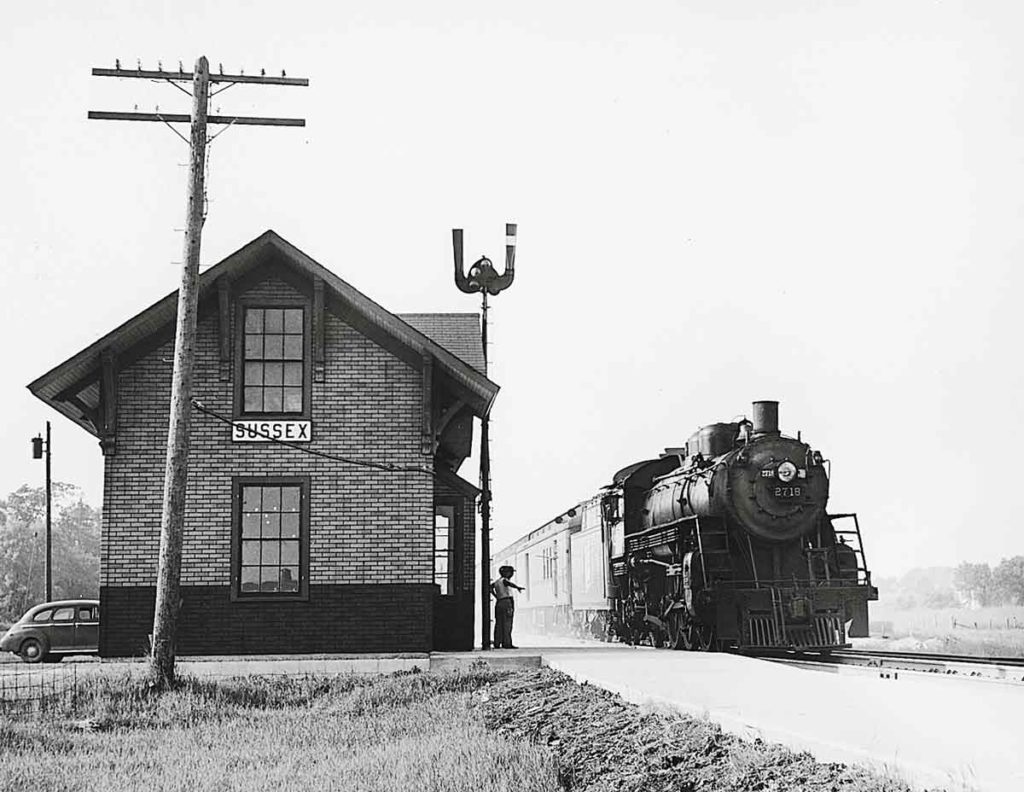
Soo Line 4-6-2 2718 is at Sussex, Wis., with Minneapolis–Chicago local train No. 2 in a view from the late 1940s or early ’50s. Classic Trains coll. […]
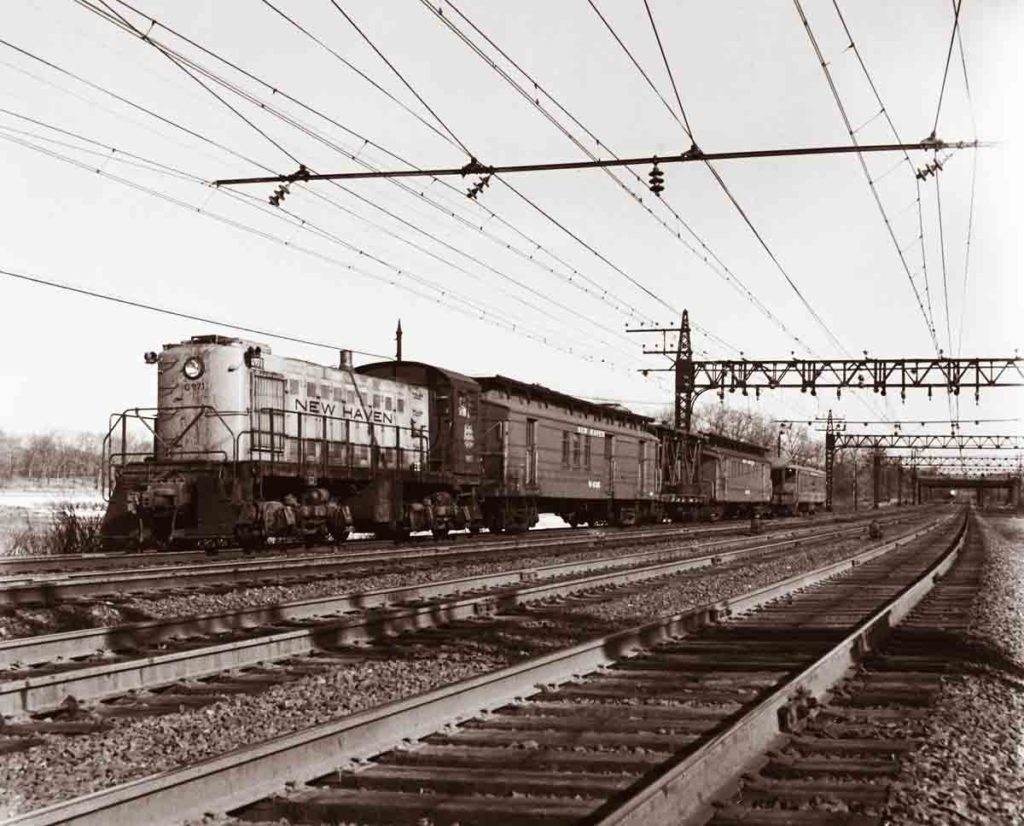
Orange-and-green Alco S1 No. 0971 leads a bright-red wire train down the New Haven Railroad’s main line at Pelham, N.Y., in the early 1950s. Bruce Owen Nett photo […]
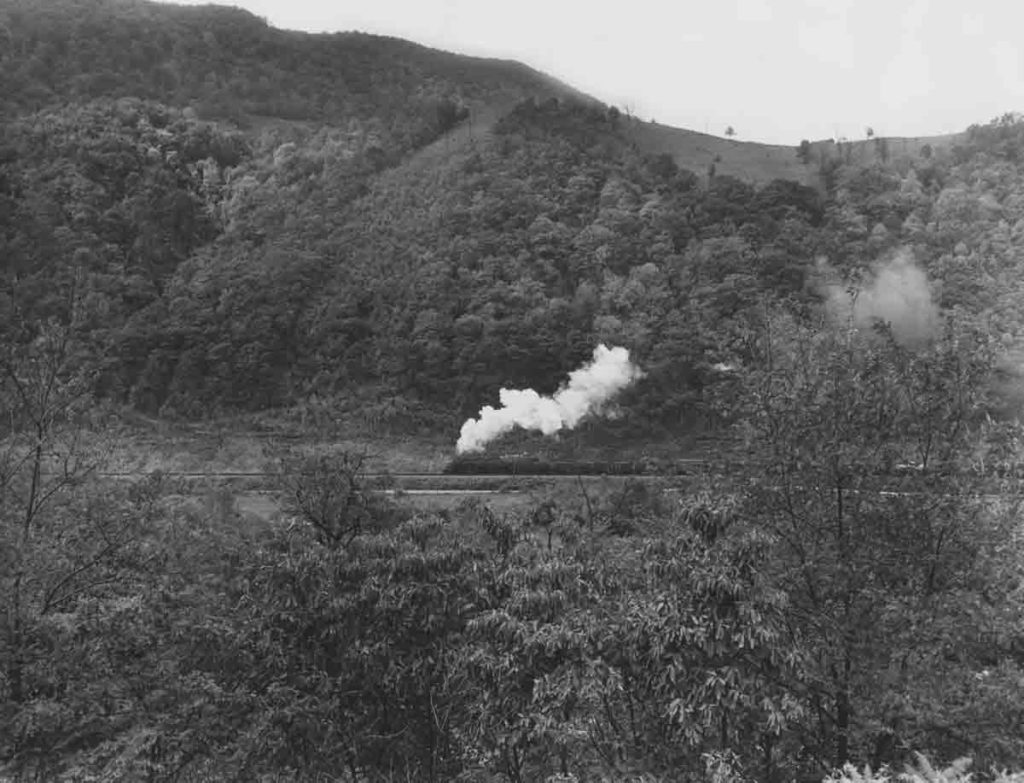
One of Norfolk & Western’s powerful homebuilt Y6-class 2-8-8-2 Mallets drifts downgrade along the New River with eastbound freight at Narrows, Va., in mid-1954, when the N&W was still unsullied by diesels. W. A. Akin Jr. photo […]
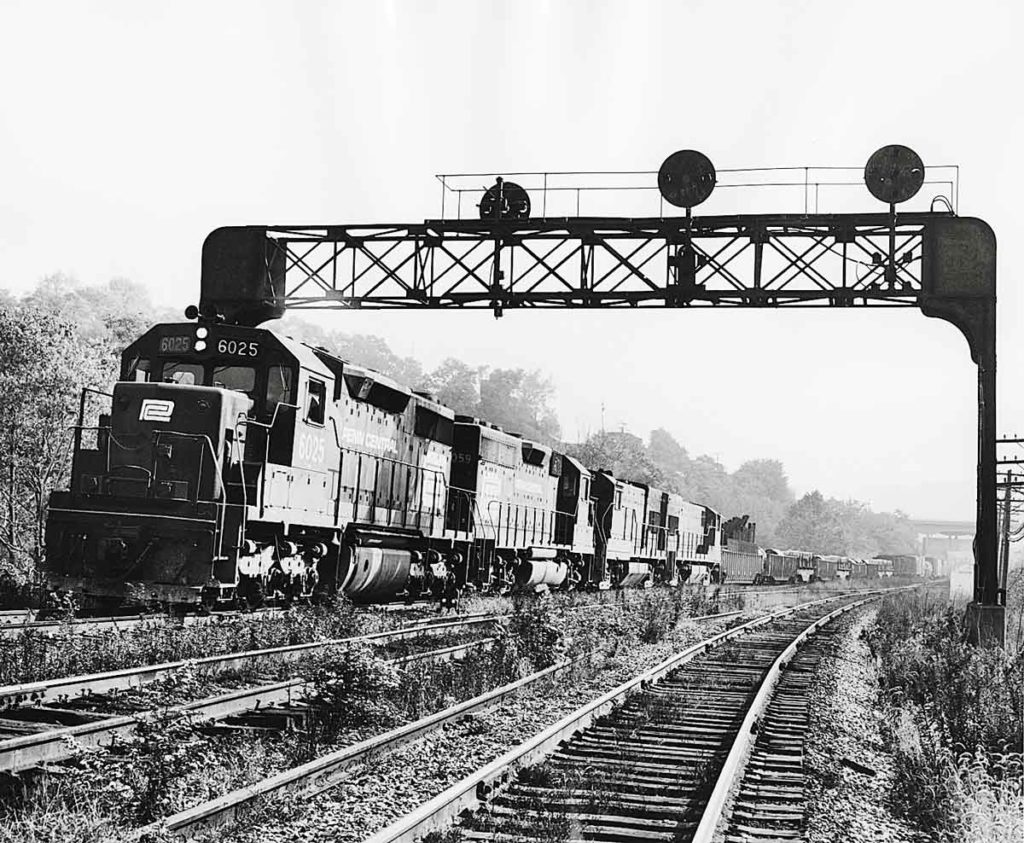
A mix of EMD and GE diesels power a westbound Penn Central freight on the former Pennsy Pittsburgh–St. Louis line at Mingo Junction, Ohio. The condition of the right of way hints at PC’s health. Jay Potter photo […]
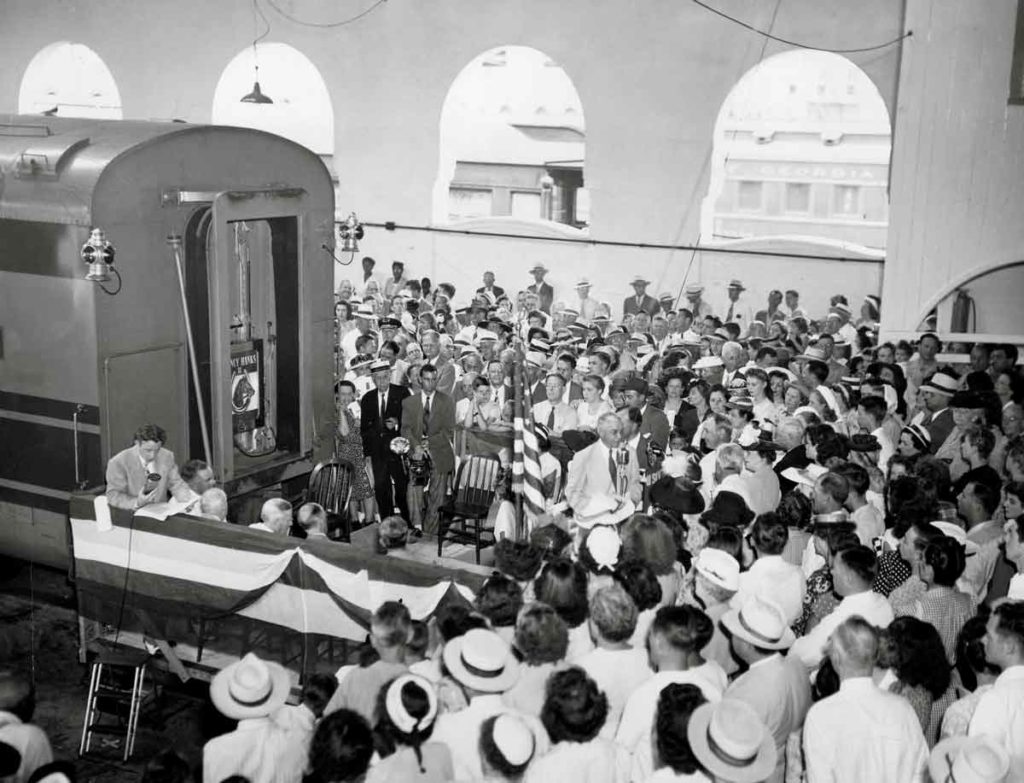
A crowd has gathered in Savannah, Ga., for the July 6, 1947, christening of Central of Georgia’s new streamliner, the Nancy Hanks II, set to enter service to Macon and Atlanta. CofG: George R. Foltz photo […]
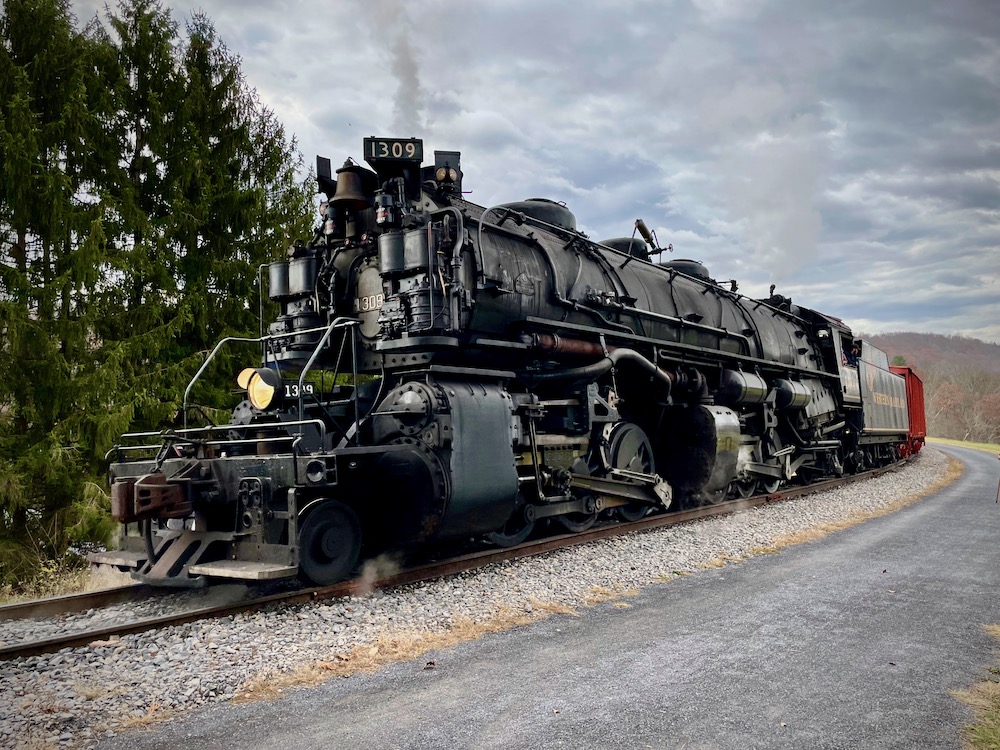
Name: Western Maryland locomotive 1309 Builder: Baldwin Locomotive Works Wheel arrangement: 2-6-6-2 Mallet (Articulated) Build date: November 1949 Why it’s important: The 1309 is one of the largest regularly operating steam locomotives in the United States. The big 2-6-6-2 originally belonged to the Chesapeake & Ohio Railway, where it was one of 10 class H-6 compound articulated […]
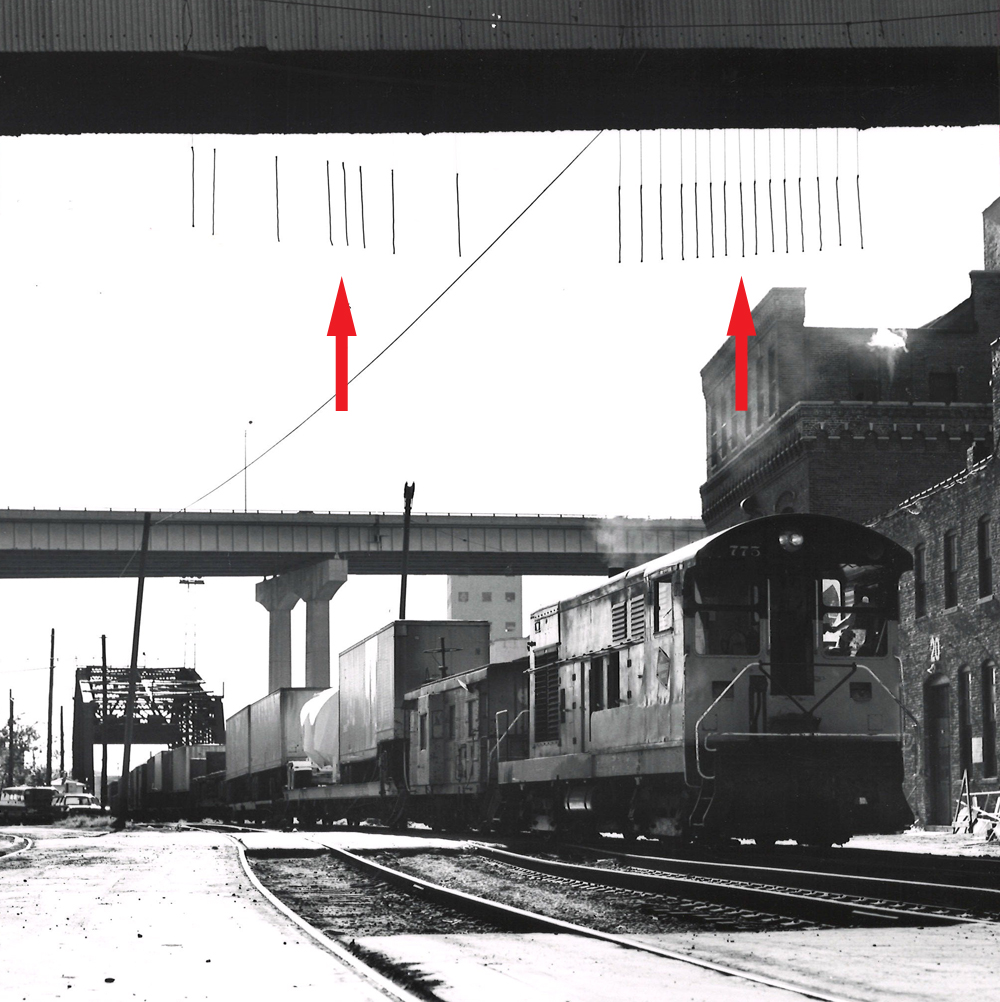
Mind-blowing railroad words Depending on how you slice it, there are easily over one million words in the English language. Ours is a dynamic tongue, ever expanding and contracting to suit current societal needs. What influences our vocabulary is also dynamic. Prevailing social trends, events, and technology, to name a few, all influence what words […]
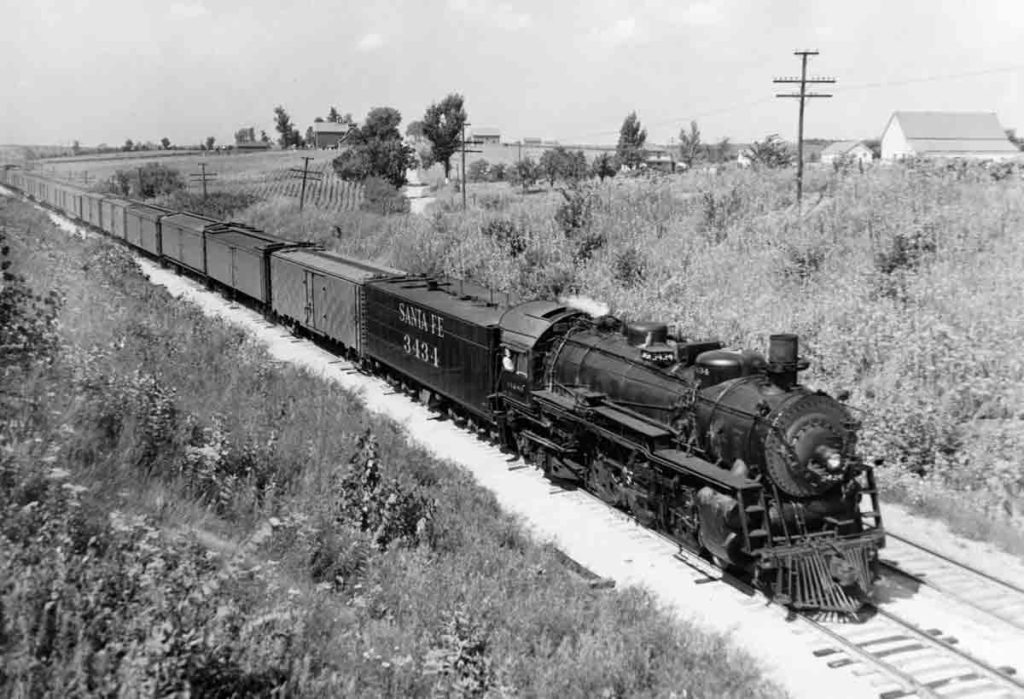
A mail-and-express train running as the second section of Santa Fe train 20 descends Edelstein Hill west of Chillicothe, Ill., around 1950. Six express reefers trail the locomotive, followed by several baggage express cars. The locomotive, Pacific No. 3434, has its smokestack extension raised. T. H. Cole Jr. photo […]
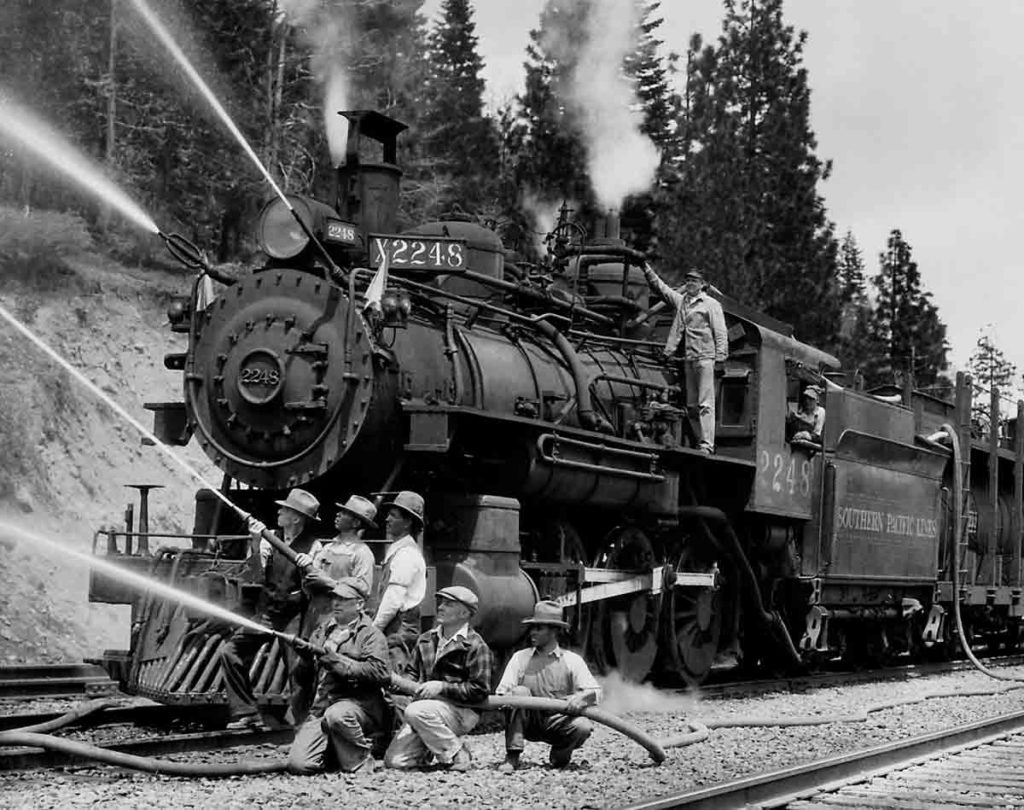
Southern Pacific 4-6-0 No. 2248, built in 1896, remained active into the 1950s providing motive power and pumping capacity for a fire train in the Sierra Nevada. Since the early 1990s, No. 2248 has been in tourist service around Fort Worth. SP photo […]
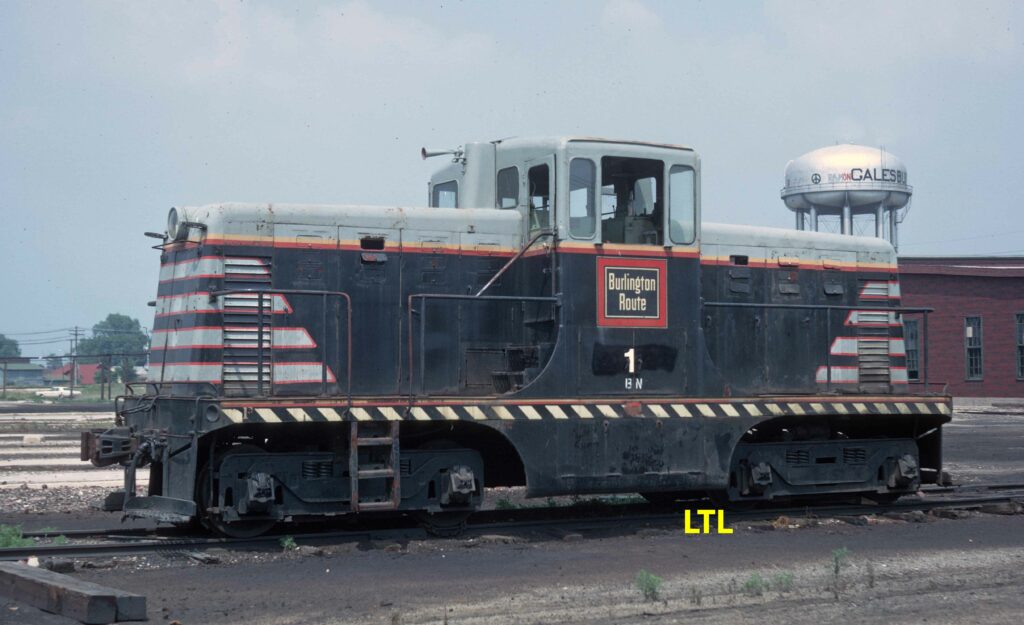
We’re No. 1! Locomotives Number One: We long ago gave up on how railroads number their locomotives. Just as we figure out a particular railroad’s roster system comes along a renumbering, a reclassification of a locomotive class from road to yard duty, or a juggling of order when two companies merge. Many railroads, large and […]